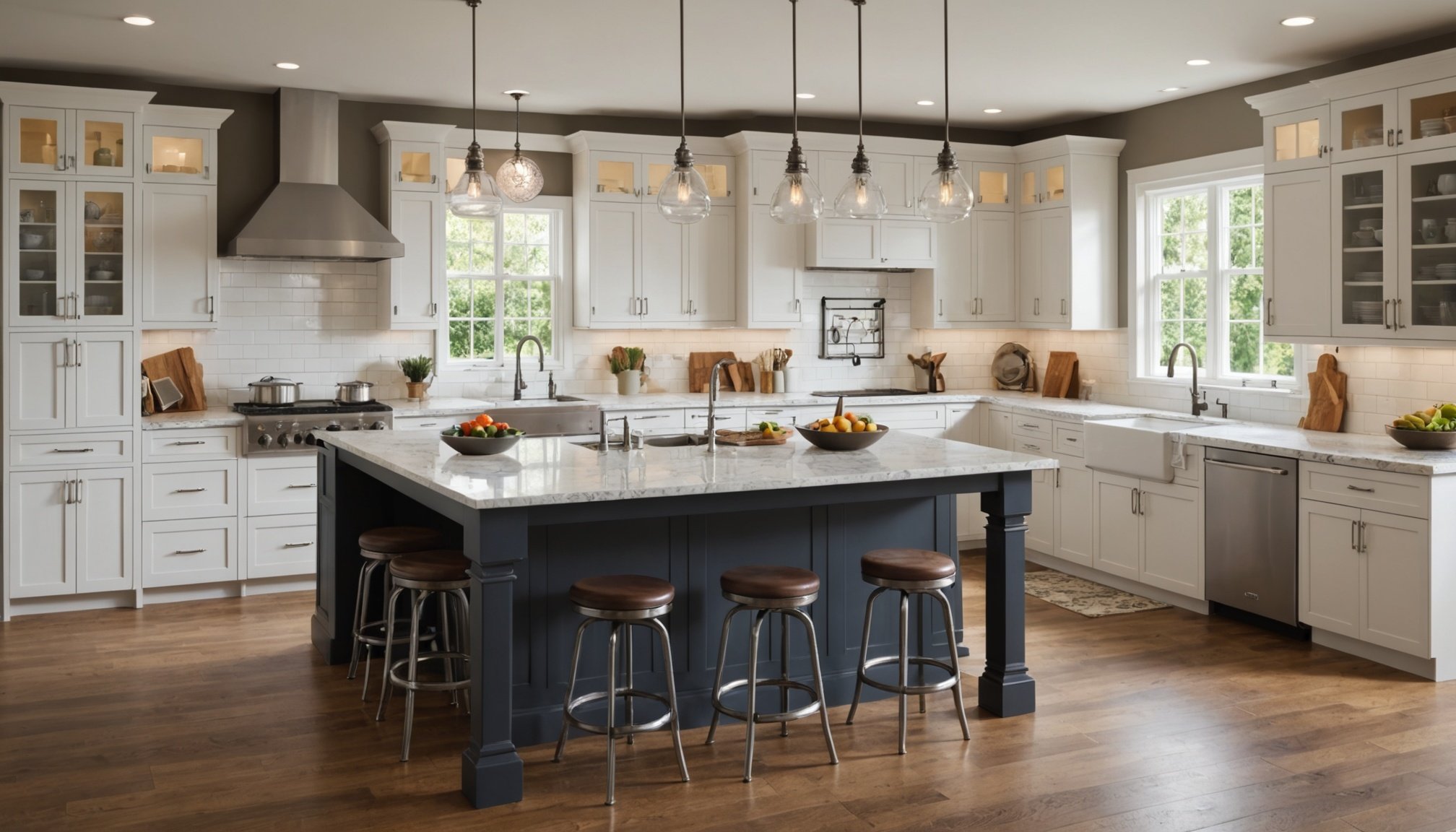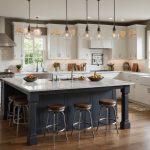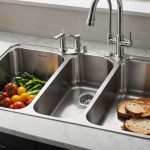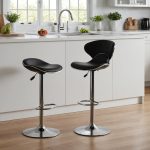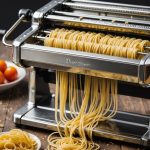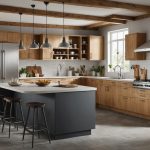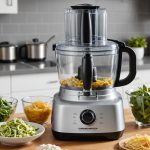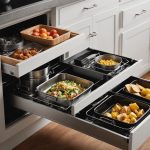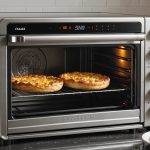Creating an effective kitchen space invites healthy meal preparation and organization. Ideal kitchen island dimensions can enhance functionality and efficiency, transforming your cooking experience. The right size allows for smooth movement and easy access to tools and ingredients, making meal prep not only simpler but more enjoyable. Discover how tailored dimensions contribute to a better cooking environment and empower you to make delicious, health-conscious meals with ease. Your journey to a more efficient kitchen starts here.
Standard Kitchen Island Sizes
Understanding the right dimensions makes all the difference.
Also read : Discover the Perfect Kitchen Stool: Key Ergonomic Features for Enhanced Posture and Improved Digestion
Common Dimensions
When considering kitchen island dimensions, it's important to recognize that standard sizes can vary based on kitchen layouts. Typically, a standard kitchen island measures between 4 to 6 feet in length and 2 to 4 feet in width. These dimensions offer ample meal prep space while maintaining a comfortable flow in the kitchen.
Recommended Sizes for Layouts
For different kitchen layouts, the recommended sizes can differ:
Also to read : Choosing the Ideal Sink for a Lean Kitchen: Streamline Meal Cleanup and Minimize Food Temptation
- Small Kitchens: Islands should be around 2 feet wide and 3 feet long to avoid crowding.
- Medium Kitchens: Opt for dimensions of 3 feet by 5 feet to balance functionality and space.
- Large Kitchens: Larger islands, about 4 feet by 7 feet, can accommodate more features like sinks or seating.
Impact on Meal Preparation
The size of your kitchen island significantly impacts meal preparation efficiency. A well-sized island provides sufficient space for chopping, mixing, and organizing ingredients, enhancing the cooking experience. Conversely, an oversized island may hinder movement and accessibility.
"A kitchen island should serve as a functional centerpiece, not a barrier," advises interior designer Jane Smith.
Choosing the right kitchen island dimensions can transform your culinary space into an efficient, enjoyable environment.
Optimal Dimensions for Meal Preparation
Achieving ergonomic efficiency in your kitchen.
Recommended Width and Depth
For meal prep efficiency, the ideal width and depth of a kitchen island should balance space and accessibility. A width of 3 to 4 feet allows for comfortable movement, while a depth of 2 to 3 feet ensures all tools and ingredients are within easy reach. This setup supports an ergonomic kitchen design, minimizing unnecessary stretching or reaching.
Height Considerations
The height of your kitchen island is crucial for maintaining an ergonomic kitchen design. Standard heights range from 36 to 42 inches. For those who prefer standing while preparing meals, a height of 36 inches is generally suitable. Taller users might benefit from a 42-inch height to prevent bending and enhance meal prep efficiency.
Importance of Workspace Layout
An ideal workspace promotes multitasking. Consider these factors:
- Zones for Different Tasks: Separate areas for chopping, mixing, and plating.
- Accessible Storage: Keep utensils and ingredients within arm's reach.
- Lighting: Ensure adequate lighting for all prep areas.
"A well-planned kitchen island can significantly boost your cooking productivity," notes culinary expert John Doe.
By focusing on these elements, you can create a kitchen that is both functional and inviting, enhancing your overall culinary experience.
Ergonomic Considerations for Kitchen Islands
Designing for comfort and efficiency.
Key Ergonomic Principles
Creating an ergonomic design for your kitchen island involves understanding key principles that promote comfort and efficiency. The layout should facilitate smooth movement and accessibility. This means ensuring that the island is at an appropriate height and distance from other kitchen elements. A user-friendly layout minimizes unnecessary bending and stretching, reducing strain during meal preparation.
Assessing User Needs
To achieve a user-friendly layout, it's essential to assess individual user needs, particularly regarding height and reach. Consider the primary users of the kitchen. Taller individuals may require a higher island, while shorter users benefit from standard heights. By tailoring the island's dimensions to user needs, you enhance comfort and functionality.
Strategies for Reducing Strain
Implementing strategies to reduce strain during meal prep is crucial. Here are some tips:
- Adjustable Heights: Consider adjustable countertops for shared kitchens.
- Accessible Storage: Ensure storage areas are within easy reach.
- Proper Lighting: Good lighting reduces eye strain and enhances visibility.
"Design should prioritize the user's comfort and ease of use," advises ergonomic expert Lisa Brown.
By focusing on these ergonomic design principles, you can create a kitchen island that is both functional and comfortable, enhancing your overall cooking experience.
Layout Ideas for a Functional Kitchen
Designing a kitchen with efficiency and ease in mind.
Best Layouts for Integrating Kitchen Islands
To create a functional design, consider the kitchen layout that best complements your space. Popular options include the L-shaped, U-shaped, and galley layouts. Each supports smooth traffic flow and effective use of space with a kitchen island. The L-shaped layout provides ample room for an island, enhancing workflow by connecting cooking zones. U-shaped designs offer more storage and workspace, while galley kitchens can benefit from a narrow island for added prep space.
Importance of Workflow in Meal Preparation
An efficient kitchen layout ensures seamless workflow during meal preparation. Positioning the island to connect with the stove, sink, and refrigerator creates a natural flow, often referred to as the "kitchen triangle." This arrangement minimizes movement, saving time and effort. Ensuring traffic flow around the island is crucial to avoid bottlenecks, especially in busy households.
Tips for Enhancing Kitchen Accessibility and Movement
- Clear Pathways: Maintain at least 42 inches of space around the island for easy movement.
- Strategic Storage: Place frequently used items within reach to enhance accessibility.
- Lighting: Use layered lighting to illuminate work areas and improve visibility.
"A well-planned kitchen layout transforms cooking into a joy," says design expert Anna Lee.
Features to Enhance Kitchen Island Functionality
Optimizing your kitchen island for maximum efficiency and convenience.
Essential Features for Meal Prep
A meal prep-friendly kitchen island is designed to support culinary activities with ease. Storage solutions are crucial, providing accessible space for utensils, ingredients, and cookware. Incorporating built-in meal prep tools, such as cutting boards and knife racks, can streamline the cooking process. Additionally, consider integrating a prep sink for washing and rinsing, enhancing the island's functionality.
Storage Solutions That Optimize Space
Efficient storage solutions transform a kitchen island into a versatile workspace. Drawers with dividers keep utensils organized, while pull-out shelves provide easy access to pots and pans. Vertical storage options, such as overhead racks, maximize space without cluttering the island. Here's a quick list of effective storage features:
- Deep Drawers: Ideal for bulkier items.
- Pull-Out Shelves: Perfect for easy access.
- Overhead Racks: Utilize vertical space.
Incorporating Appliances and Tools for Efficiency
Incorporating appliances into your kitchen island can significantly boost efficiency. Consider adding a built-in microwave or mini-fridge to keep essentials within reach. Meal prep tools like mixers or blenders can be stored in appliance garages, maintaining a clutter-free surface. By thoughtfully integrating these features, your kitchen island becomes a hub of convenience and functionality, enhancing your culinary experience.
Visual Aids for Kitchen Island Planning
Harnessing visuals to enhance your kitchen design process.
Importance of Visual Aids in Kitchen Design
Utilizing kitchen design visuals can significantly streamline the planning process. Visual aids, such as diagrams and planning tools, provide a clear representation of potential layouts, helping homeowners visualize how a kitchen island will fit into their space. These tools allow for experimentation with different configurations, ensuring the chosen design maximizes both functionality and aesthetics.
Examples of Effective Kitchen Island Layouts
Visual aids can illustrate a variety of kitchen island layouts to suit different needs. For instance:
- L-Shaped Layout: Ideal for open spaces, offering ample room for movement.
- U-Shaped Layout: Provides extensive countertop space and storage.
- Galley Layout: Perfect for narrow kitchens, optimizing space with a streamlined design.
These examples can guide homeowners in selecting the most effective layout for their kitchen.
Resources for Creating Design Plans
Creating detailed design plans is made easier with the use of planning tools. Software programs like SketchUp or RoomSketcher offer intuitive interfaces for designing and modifying kitchen spaces. These tools enable users to adjust dimensions, incorporate diagrams, and visualize the final result in 3D, ensuring a well-thought-out design that meets their specific requirements.
By leveraging these resources, homeowners can confidently plan their dream kitchen.
Expert Advice on Kitchen Island Design
Insights from professionals to elevate your kitchen space.
Interviews with Kitchen Design Professionals
Kitchen design advice often highlights the importance of aligning your island with your unique needs. Professional designer Sarah Green suggests, "Tailor your island to enhance your meal prep routine." Experts emphasize considering the kitchen's overall layout to avoid common pitfalls.
Common Design Mistakes to Avoid
Avoiding design mistakes is crucial for a functional kitchen. One frequent error is neglecting the kitchen's workflow, leading to inefficient meal prep. Another mistake is choosing an island size that overwhelms the space, hindering movement. Experts recommend ensuring at least 42 inches of clearance around the island.
Tips for Customizing Kitchen Islands
Customizing a kitchen island involves focusing on specific needs. Consider integrating features like storage solutions or built-in appliances to streamline meal prep. Here’s a quick list of customization tips:
- Adjustable Heights: Accommodate different users.
- Integrated Appliances: Enhance functionality.
- Personalized Storage: Optimize space for specific items.
By heeding this kitchen design advice, you can create a kitchen island that not only meets your meal prep requirements but also enhances the overall efficiency and enjoyment of your culinary space.
Case Studies of Successful Kitchen Island Designs
Exploring real-life transformations in kitchen renovation projects.
Analysis of Successful Projects
Kitchen renovation projects often showcase the transformative power of well-designed islands. In one case study, a compact galley kitchen was revitalized by incorporating a narrow island, enhancing both meal prep efficiency and storage. The island's strategic placement allowed for seamless workflow, demonstrating the impact of thoughtful design.
Lessons Learned from Real-Life Designs
Real-life design case studies reveal valuable insights. A common lesson is the importance of aligning the island's functionality with the homeowner's lifestyle. For instance, a modern kitchen renovation featured an island with integrated appliances, significantly boosting meal prep efficiency. These projects highlight how practical examples can guide future renovations.
Influence of Styles on Meal Prep Efficiency
Different styles in kitchen renovation influence meal prep efficiency. A minimalist design often emphasizes uncluttered surfaces, enhancing accessibility and movement. Conversely, a traditional style might incorporate more ornate features, potentially impacting functionality. Here's a quick list of style influences:
- Minimalist: Prioritizes open space, enhancing efficiency.
- Traditional: Focuses on aesthetics, may affect functionality.
- Contemporary: Balances modern features with practical use.
These case studies underscore the importance of style choices in creating a functional and efficient kitchen space.

